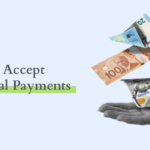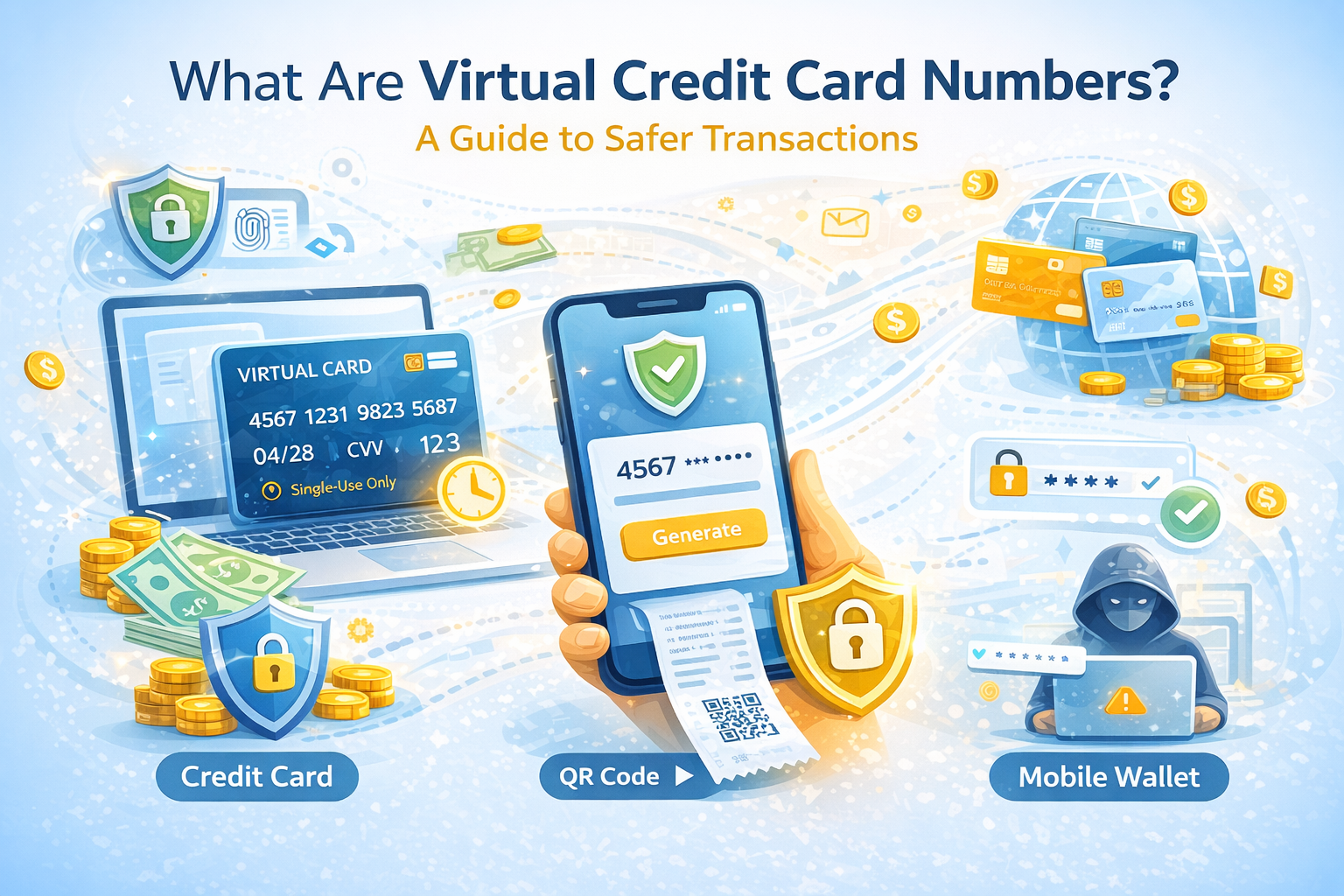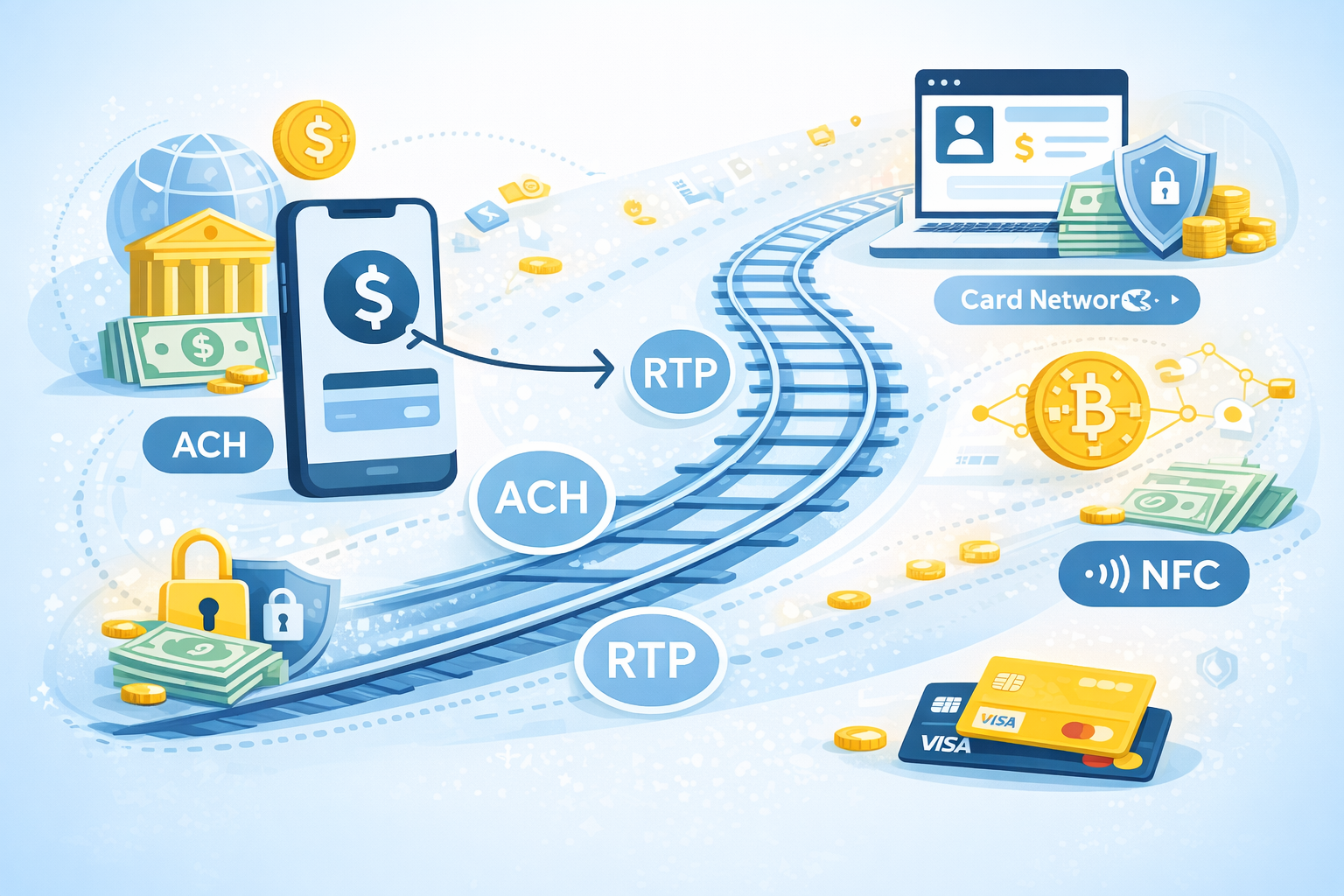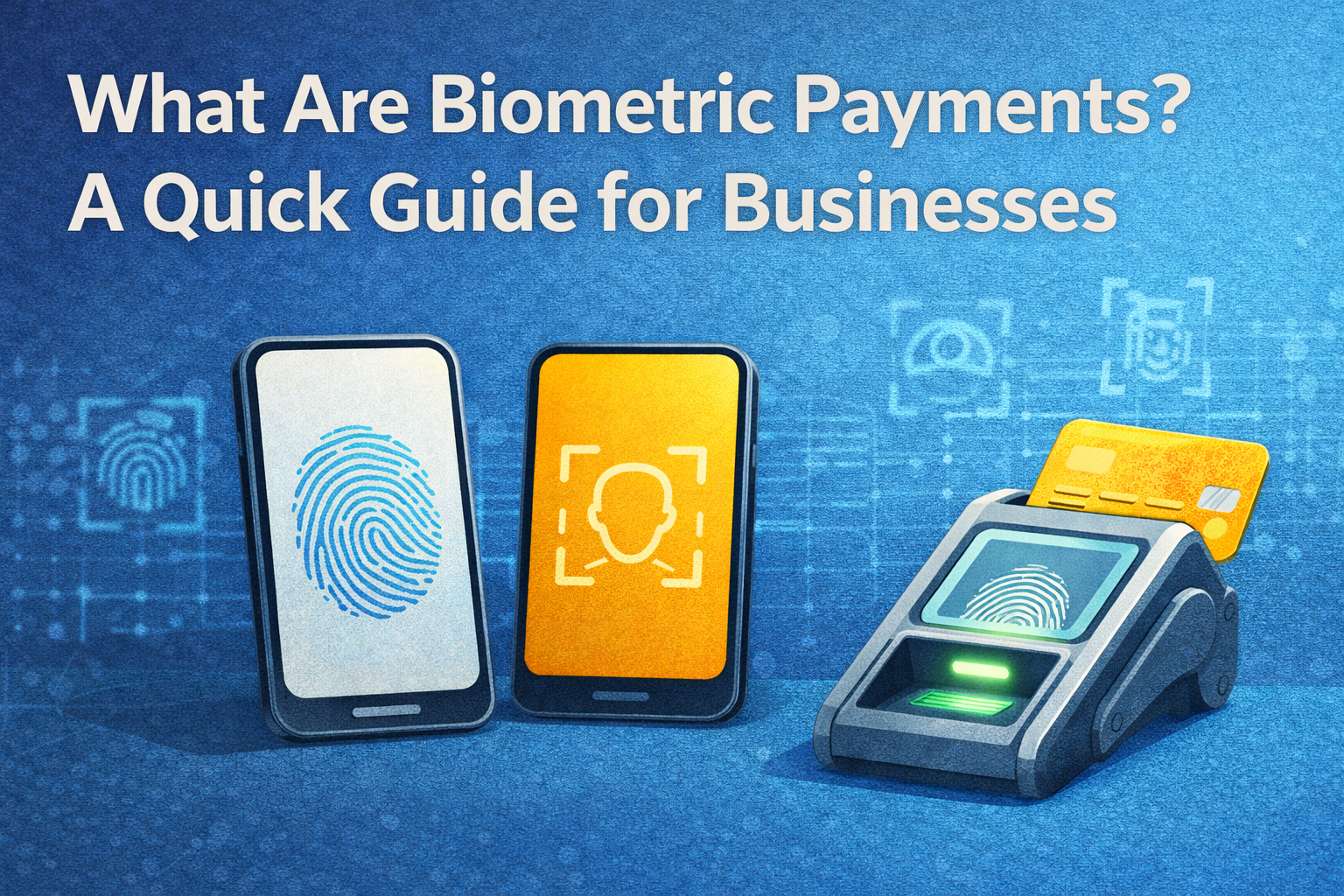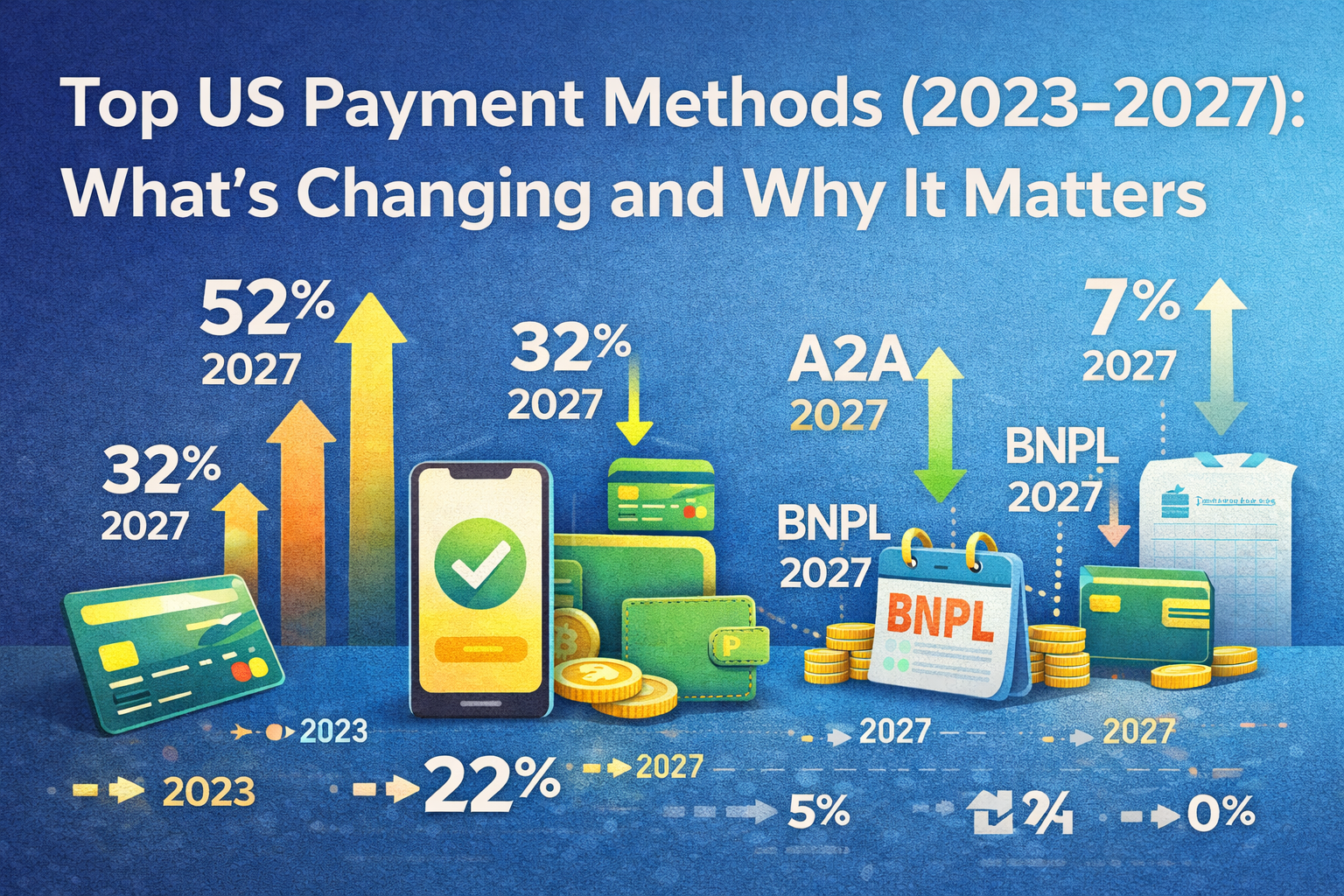Let’s face it—chasing down payments from clients is nobody’s idea of fun. If you’re wondering, “What can I do if a client won’t pay me?” or searching for ways to “deal with non-paying customers,” you’re not alone. It’s a common issue freelancers, small business owners, and even large companies deal with more often than you’d think. Luckily, there are some smart, practical steps you can take to get what you’re owed.
Let’s break down a step-by-step approach that can help you protect your cash flow and make sure you get paid. Oh, and throughout this process, we’ll show you how the right payment processing solutions can help you avoid these issues from the get-go.
Step 1: Do Your Homework – Research Your Clients First
Before you even send that first invoice, make sure you know who you’re working with. Look up reviews, check their LinkedIn profile, search business directories, and, if possible, ask others in your industry about them.
Why does this matter? Because a quick search can tell you if the client has a history of delayed or missed payments.
Using payment processing solutions with verification features can also help you flag potentially risky clients before they become a problem.
Step 2: Send Automatic Payment Reminders
Sometimes, clients genuinely forget. Life gets busy. That’s where automated reminders can be a game-changer.
Set up email reminders a few days before the due date, on the due date, and then after the due date if the payment still hasn’t been made. This friendly nudge can often do the trick.
Many modern payment processing solutions include built-in automation tools for sending out reminders, so you don’t have to keep track manually.
Step 3: Charge a Late Fee (Let Them Know in Advance)
If you’re wondering, “Can I charge interest on unpaid invoices?” the answer is usually yes, as long as it’s in your contract.
A clearly outlined late fee policy creates accountability. Even a small 2% late fee can motivate clients to pay on time.
Include this policy in your initial agreement and on your invoices. Many payment processing solutions allow you to add late fees automatically, so the client knows you mean business.
Step 4: Try Different Contact Methods
Still not getting paid? It’s time to switch up your communication strategy. Maybe your emails are going to spam. Try calling, texting, or even sending a certified letter.
This shows you’re serious, and often, just speaking to someone directly can resolve the issue.
Some payment processing solutions even offer real-time chat or client portals where you can directly message your client.
Step 5: Send a Letter from an Attorney
If things have dragged on this long, it might be time to bring in the big guns. A formal letter from an attorney can make even the most stubborn client sit up and take notice.
This doesn’t mean you’re suing them—it just shows you’re serious about collecting what’s owed. And that might be all the push they need to finally pay up.
Although this isn’t typically a feature in payment processing solutions, some platforms integrate with legal services or offer invoice dispute resolution tools.
Step 6: Consider Invoice Factoring
If you’re thinking, “How can I get paid faster for overdue invoices?” this step might be for you.
Invoice factoring means selling your unpaid invoices to a third party (a factoring company) at a discount. You get most of your money upfront, and they chase down the client.
It’s a great way to maintain cash flow, especially if you’re running a tight ship. Look for payment processing solutions that offer factoring or integrate with factoring providers.
Step 7: Take It to Small Claims Court
As a last resort, legal action may be necessary. Small claims court is designed for this exact scenario. Most states have a claim limit (usually between $2,500 and $10,000), and you usually don’t need a lawyer.
Just make sure you’ve documented everything: contracts, communication, invoices, payment reminders.
Bonus tip: Some payment processing solutions allow you to export transaction logs and communication records, which can be useful evidence in court.
Preventing Future Headaches: Set Yourself Up for Success
Want to avoid these issues entirely? Here’s how:
- Use payment processing solutions with automatic billing and reminders
- Always have a written contract
- Set clear payment terms and penalties
- Vet your clients upfront
- Offer multiple payment options to make it easy for clients to pay
Conclusion
Getting ghosted by a client isn’t just frustrating—it can impact your ability to pay your own bills. But by taking the right steps and using modern payment processing solutions, you can protect your business and ensure that the money you’ve earned lands in your bank account.
Remember: You deserve to get paid for your work. Put these strategies in place, stay consistent, and don’t be afraid to escalate when necessary.


